Over the last 10 years, the state of Arkansas has increased in population by more than 95,000 people. From 2010 to 2022, the state grew by an average of 0.3% each year, with the largest increase occurring between 2010 and 2011. However, Arkansas has experienced some population decrease, particularly between 2019 and 2020, when the number of residents dropped by 0.2%. While the number of incoming residents seems greater than the outgoing, there are still some places in the state where the population is dwindling. Check out these 10 Arkansas towns people are fleeing as soon as possible and the likely reasons for their departures.
Pine Bluff
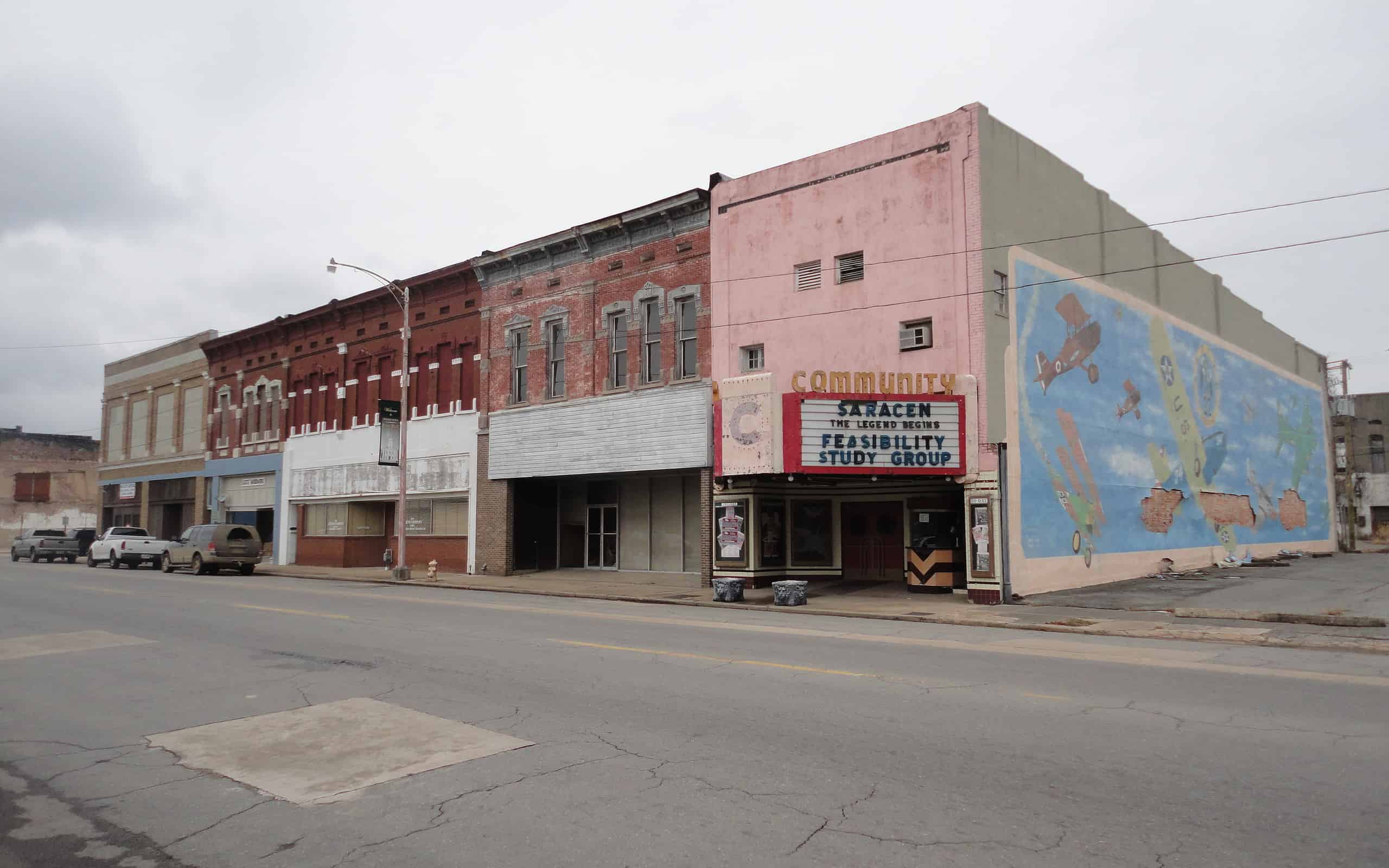
The town of Pine Bluff is losing residents due to higher crime rates and a poor job market.
©Paul Sableman (pasa47) / CC BY 2.0, Flickr - License
Pine Bluff is a city in Jefferson County in South-Central Arkansas. As of 2021, Pine Bluff had a population of 40,244 and it’s now estimated at 38,866. This city is declining at a rate of -1.73% each year and its population dropped more than 5% since the most recent census. It features a sparse suburban feel and is home to many families. However, the city has poorly ranked public schools, inadequate housing, a lack of amenities, high crime rates, and a poor job market. While median home values are only $78,000, residents take home an average of $37,000 per year, much lower than the national average.
Blytheville
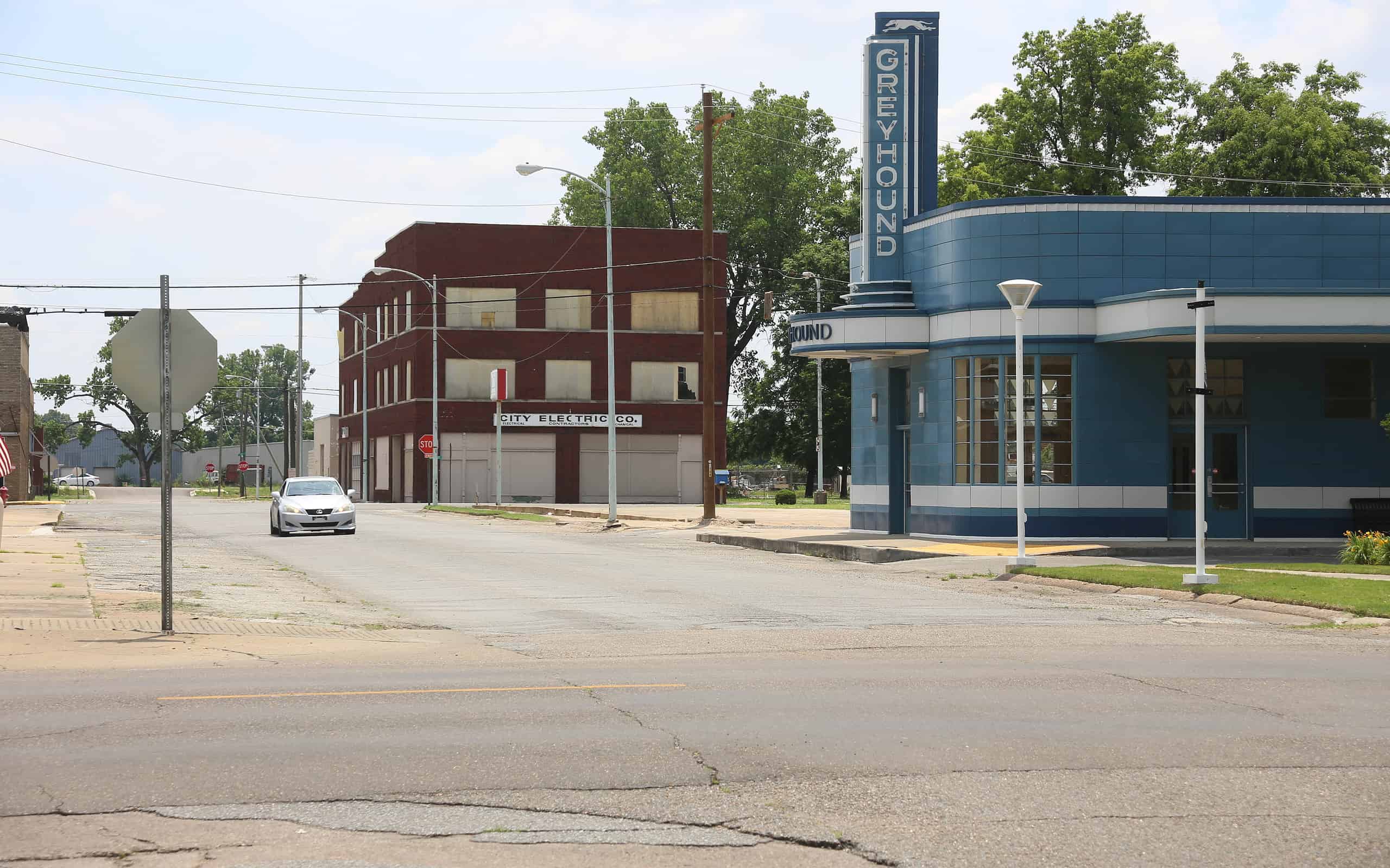
The town is declining 2.35% annually. Population decreased by nearly 7% since the last census.
©Paul Sableman (pasa47) / CC BY 2.0, Flickr - License
The town of Blytheville is the county seat of Mississippi County in the far northeast corner of Arkansas. Blytheville had a population of around 13,500 in 2021 and is now down to 12,400. The town is declining 2.35% annually and its population has decreased by nearly 7% since the last census. This suburban, rural area is home to many families, but the public schools are below average, the crime is high, and amenities are lacking. While the cost of living is low, residents only make an average of $43,000 per year, lower than the national average. The town also features a poverty rate of more than 20%.
Osceola
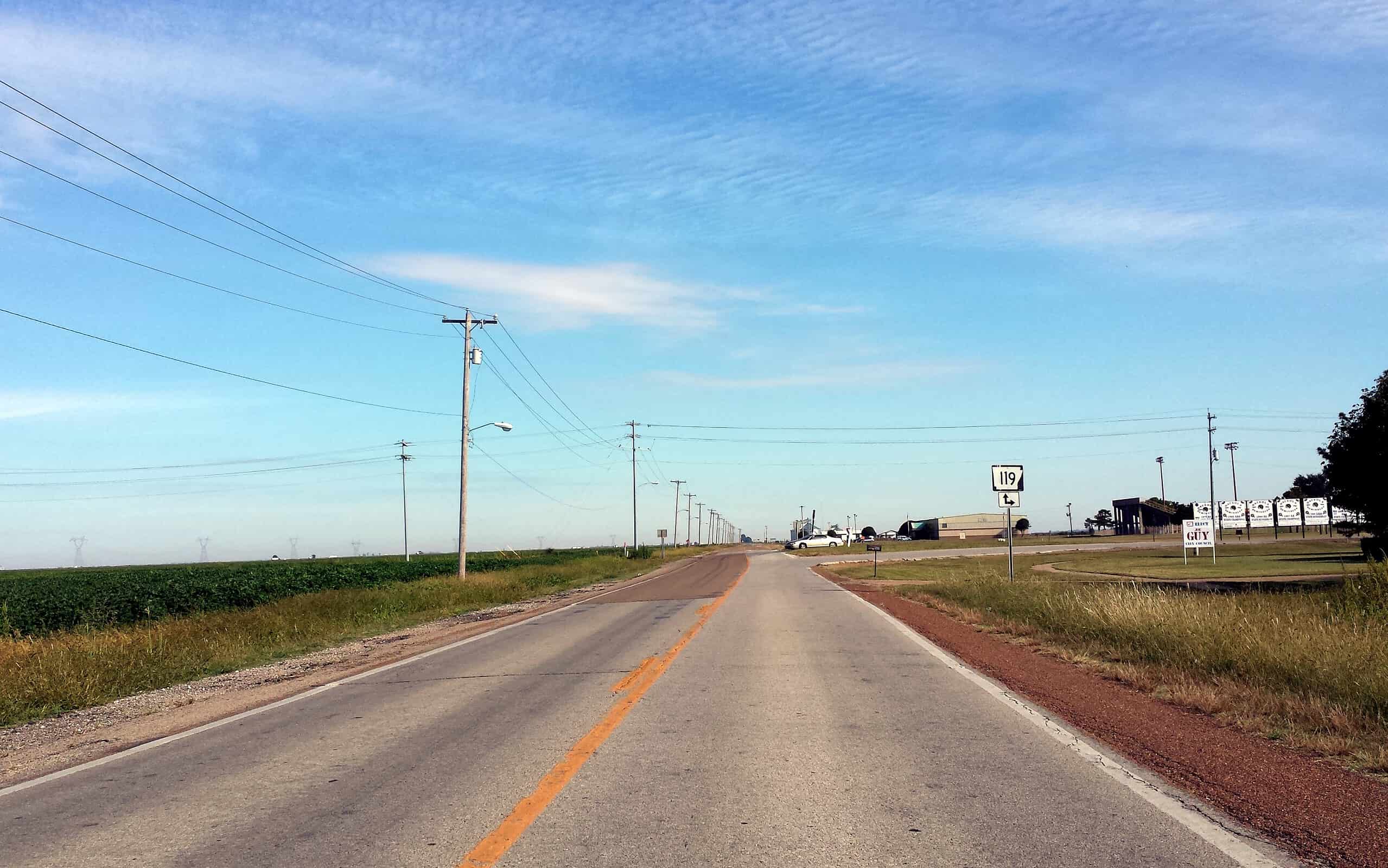
The cost of living is low, but residents only make an average of $39,000 per year.
©Brandonrush / CC BY-SA 4.0 - License
The town of Osceola sits along the Mississippi River in the Arkansas Delta and was first settled in 1837. In 2021, Osceola had a population of 6,779 and it is now down to 6,400, declining more than 2% annually. The town’s population has declined nearly 7% since the last census. While it’s home to many families, this rural, suburban area has lower than average public schools, inadequate housing, a poor job market, high crime rates, and a lack of amenities and activities. The cost of living is low, but residents only make an average of $39,000 per year and the poverty rate is more than 20%.
Altheimer
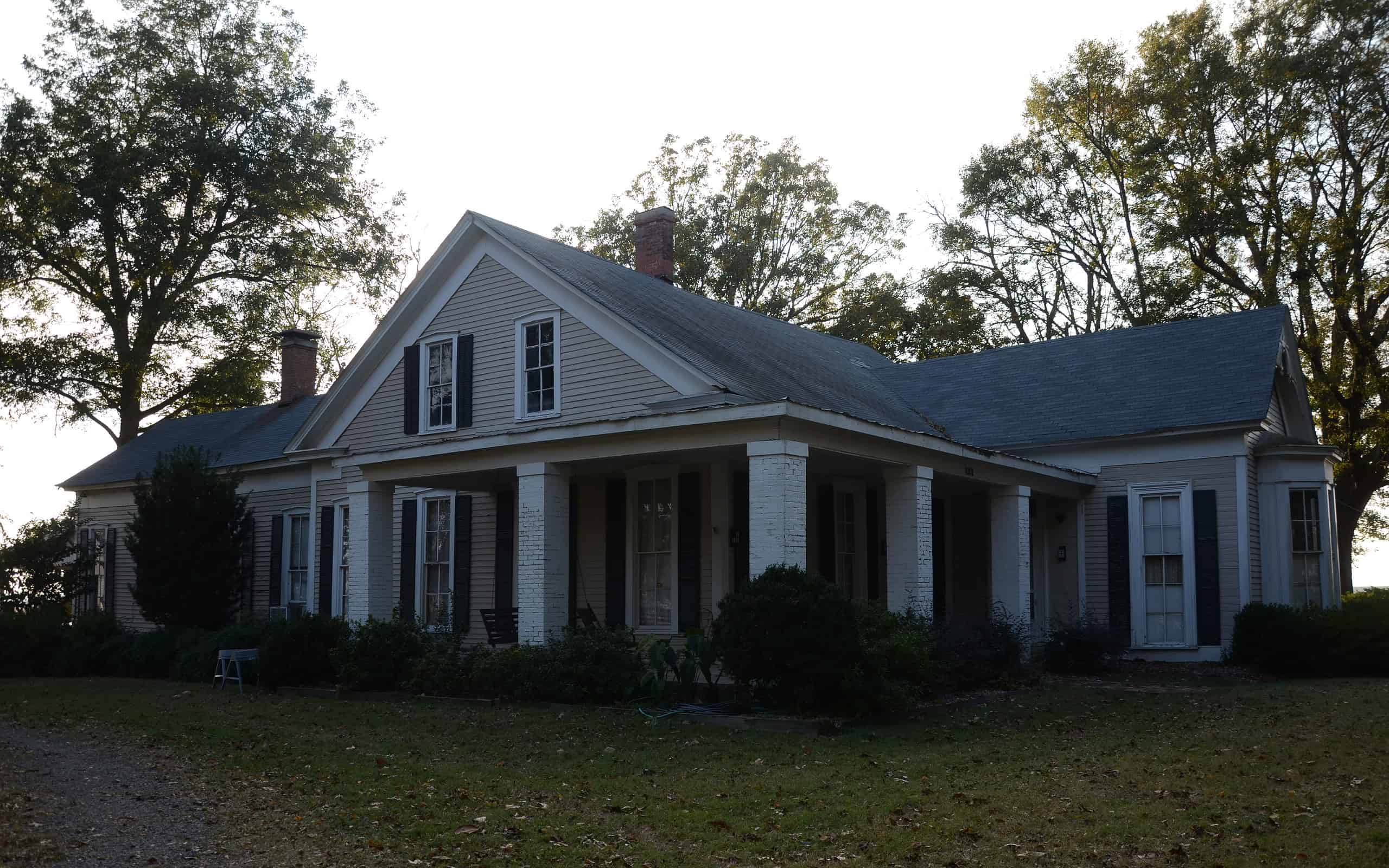
This rural, suburban community has poorly ranked public schools and a lack of amenities.
©Valis55 / CC BY-SA 4.0 - License
Located in the Plum Bayou Township in Jefferson County, Altheimer sits on the Union Pacific Railway and had a population of 699 in 2020 and 687 during the 2021 census. It’s now estimated at 663 and is declining at a rate of 1.78% annually. This rural, suburban community has poorly ranked public schools, a lack of amenities, and a less than ideal job market. While the cost of living is low and median home values are less than $60,000, residents make an average of just $27,000, way lower than the national average. The poverty rate in Altheimer is more than 20%.
El Dorado
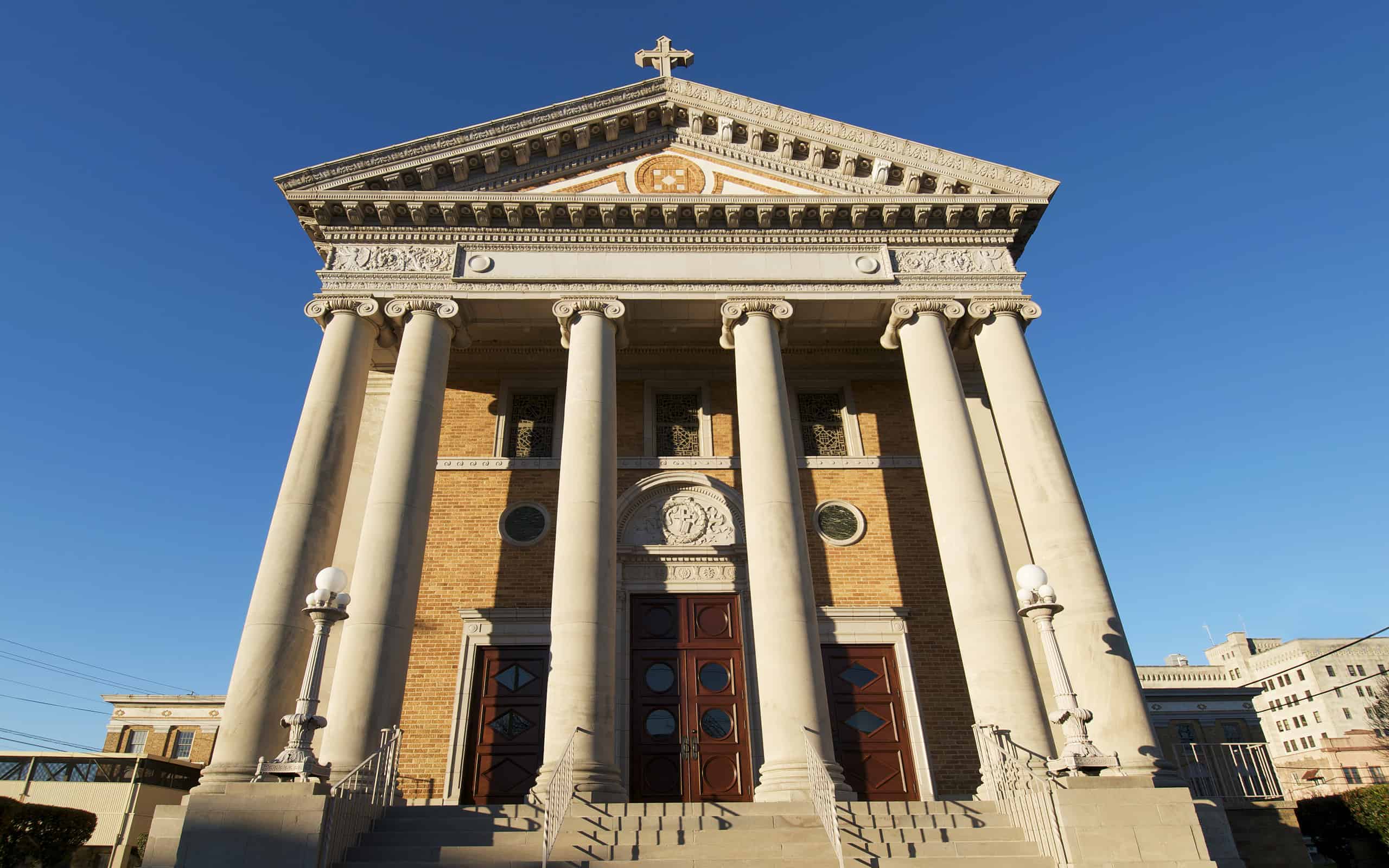
Median household income in El Dorado is around $42,000 and the poverty rate is over 22%.
©dlewis33/iStock via Getty Images
The city of El Dorado is in Union County, along the southern border of Arkansas. The population of El Dorado was 18,884 during the 2010 census and 17,339 during the 2021 census. It’s now estimated at 16,741. The city declines at a rate of 1.74% annually and has decreased by more than 5% since the last census. El Dorado has a sparse suburban feel and ranks great for cost of living, with the average home only $94,000. However, the city has a high crime rate and a lack of amenities and activities, especially for younger people and children. The median household income in El Dorado is around $42,000 and the poverty rate is over 22%.
Smackover
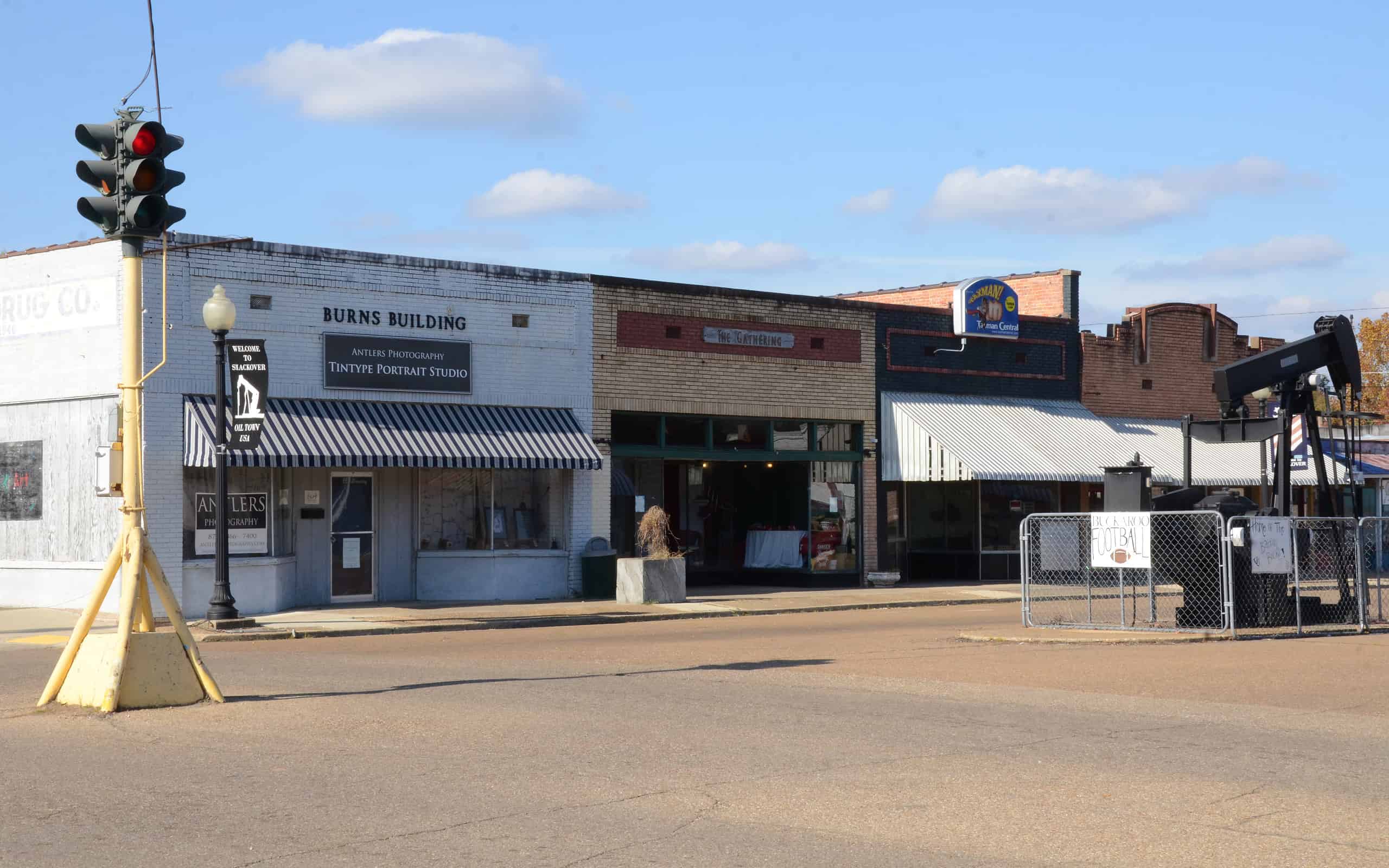
In 2010, Smackover had 1,865 people and it further decreased to 1,613 in 2021.
©Valis55 / CC BY-SA 4.0 - License
The small city of Smackover is in the northern portion of Union County. While there was a large oil boom during the 1920s, population has dwindled. In 2010, Smackover had 1,865 people and it further decreased to 1,613 in 2021. The population is now estimated at 1,573, declining annually by 1.26%. Residents of Smackover benefit from great weather, low crime rates, a low cost of living, and above average public schools. But the area lacks amenities and activities, and the median household income is $59,000, lower than the national average. Smackover has a poverty rate of 12%.
Helena-West Helena
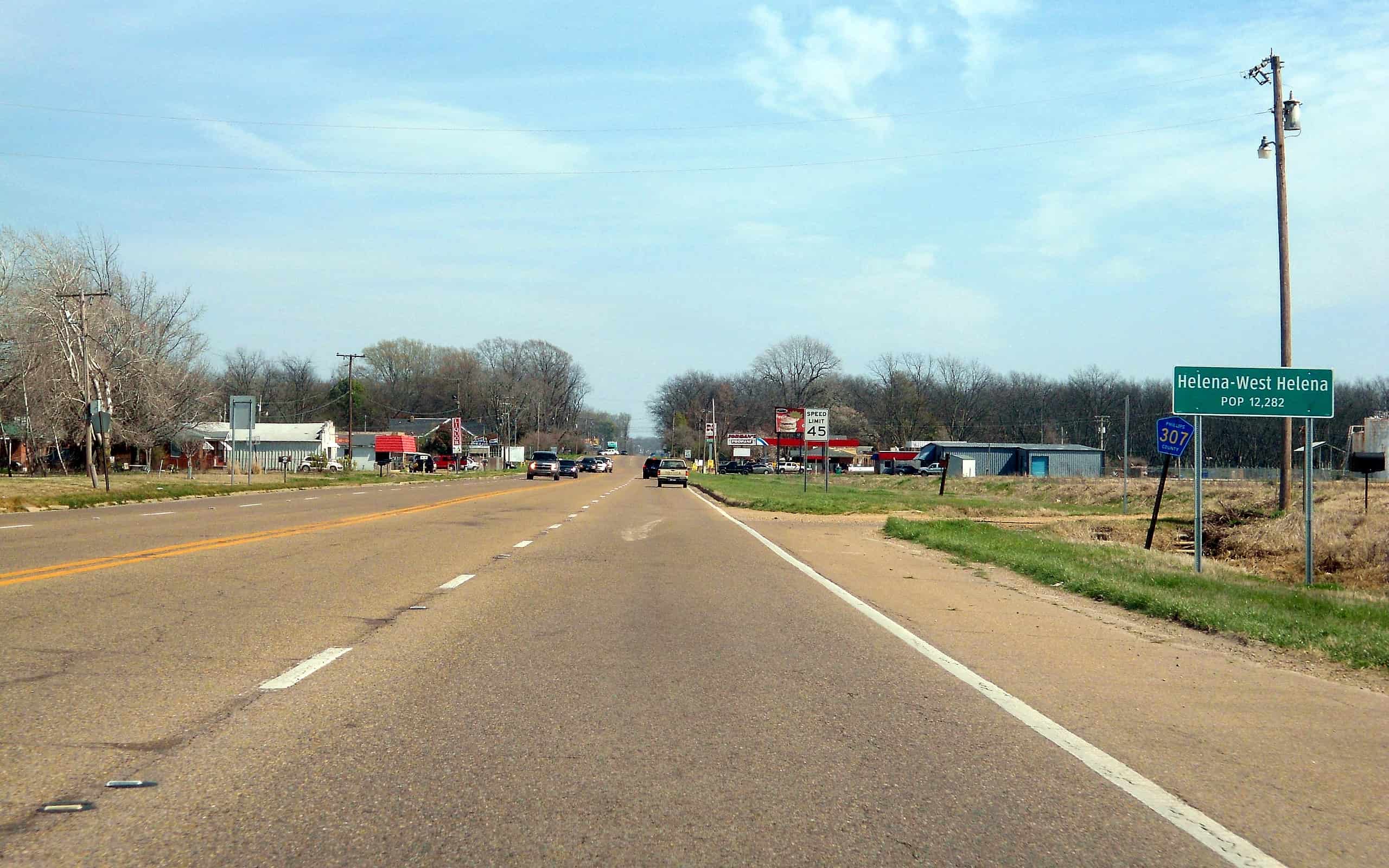
The poverty rate in Helen-West Helena is a staggering 42%.
©Brandonrush / CC BY-SA 3.0 - License
Helena-West Helena is the largest city in Phillips County, and it sits along the Mississippi River and the Mississippi border. At the 2021 census, Helena-West Helena had a population of 9,149 and it is now at 8,608. The city is declining by 3% annually and reduced by nearly 9% since the last census. Helena-West Helena has poorly ranked public schools, inadequate housing, a lack of amenities, high crime, and a rough job market. Getting a job in the city is very difficult and commute times are an hour to nearby areas. Home values are only $70,000 but residents make $25,000 per year, much lower than the national average. The poverty rate in Helen-West Helena is a staggering 42%.
Elaine

During the 2010 census, Elaine had a population of 636. It plummeted to 488 by 2021.
©Thomas R Machnitzki ([email protected]), CC BY 3.0, via Wikimedia Commons - License
Elaine is a tiny town in Phillips County in the Arkansas Delta region. During the 2010 census, Elaine had a population of 636 and it plummeted to 488 by the 2021 census. The population is currently estimated at 449. The town is declining by more than 4% every year and has decreased by nearly 12% since 2020. Elaine has a sparse suburban feel and is home primarily to families. This town has poorly ranked public schools, a severe lack of amenities and healthcare facilities, and a very poor job market. The median home value in Elaine is only $56,000 and residents make around $36,000 annually. More than 20% of residents in the town live below the poverty line.
Marion
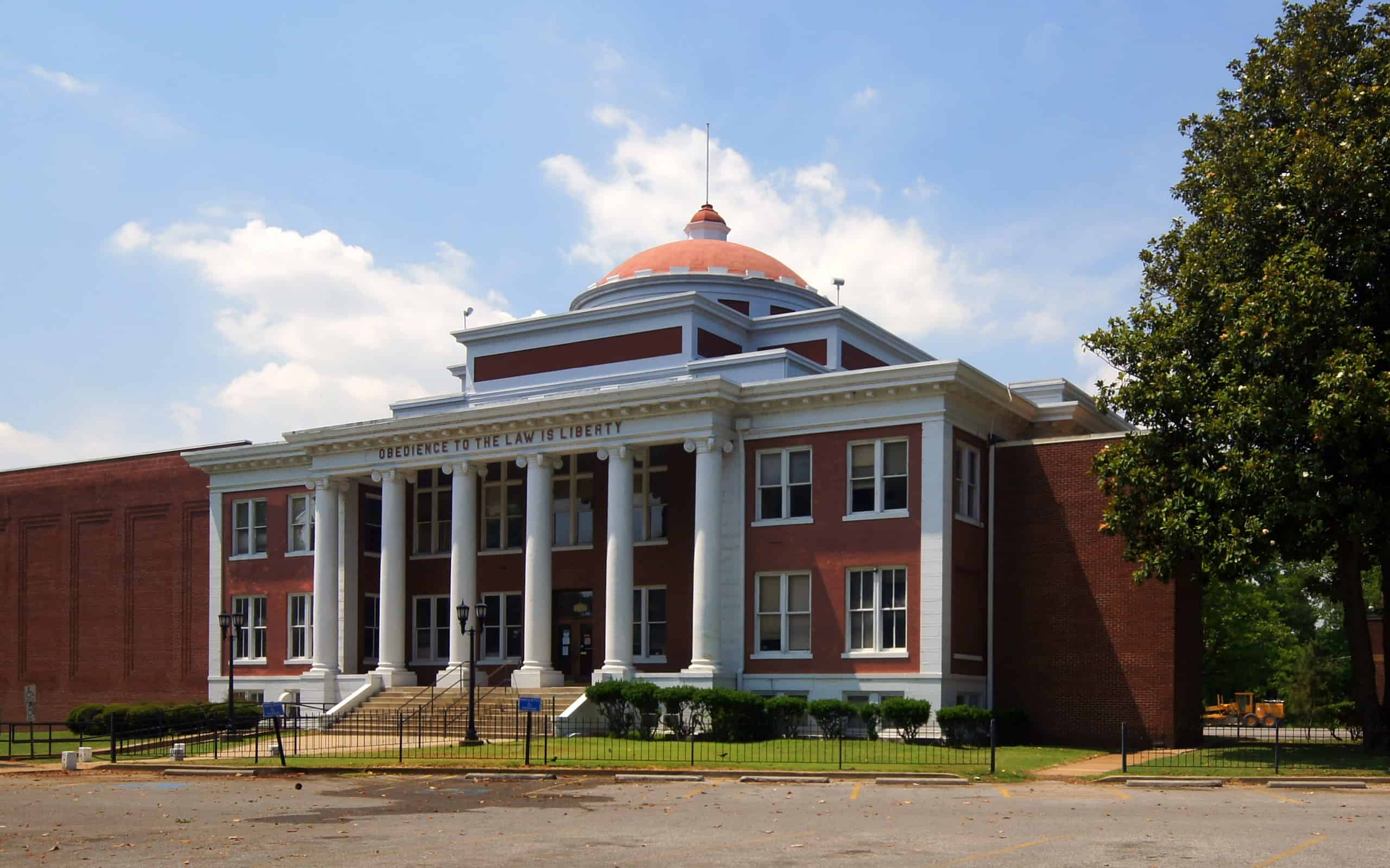
Marion has rising crime, very few amenities, and a commute to decent employment.
©BOB WESTON/iStock via Getty Images
The city of Marion is the county seat of Crittenden County and is part of the Memphis metropolitan area. This city had a population of 13,695 during the 2021 census and it is now estimated at 13,509 and declining at a rate of 0.68% annually. This sparse suburban area is home to many families and young professionals. While it has an excellent cost of living and a close-knit community, Marion has rising crime, very few amenities, and a commute to decent employment. The median home value is around $170,000 and the average household income is $80,000, higher than the national average. The poverty rate in Marion is nearly 7%.
West Memphis

West Memphis had a population of 26,245 in 2010 and a population of 24,150 in 2021.
©DWBMedias/Shutterstock.com
West Memphis part of the Memphis metropolitan area and it’s located in Crittendon County, where it’s the largest city. West Memphis had a population of 26,245 in 2010 and a population of 24,150 in 2021. It’s now estimated at 23,473 and declining at a rate of 1.41% annually. The city has high crime rates, inadequate housing, a poor job market, and a lack of amenities. Home values hover around $90,000 and average incomes are $35,000. The poverty rate in West Memphis is more than 25%.
The photo featured at the top of this post is © Valis55 / CC BY-SA 4.0 – License / Original
Thank you for reading! Have some feedback for us? Contact the AZ Animals editorial team.







